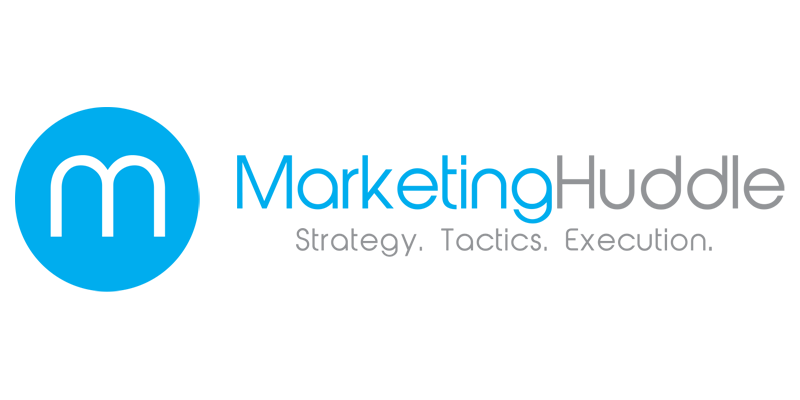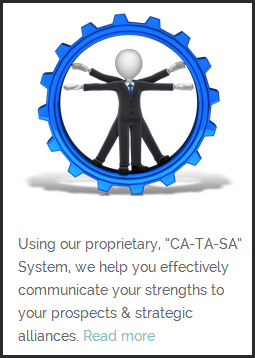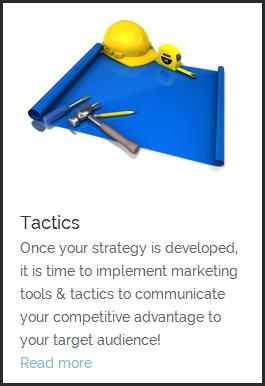“Doubt is a question mark; faith is an exclamation point. The most compelling, believable, realistic stories have included them both.” ― Criss Jami
The Company / Brand Story
This is the story of your company or brand. Stories are very important for your band because they contribute so much to your brand’s image. A company story usually involves how the company came into existence and grew to its current state, often told personally by the founder or first employees. Through the company’s story, you convey to your audience the values and culture of your company. It also offers many opportunities for you to include the formats we’ll discuss later (rags to riches, conquering the monster, etc.).
 A good example of a brand story is the story of Nike’s waffle-tread shoes. The story says that Nike founder Bill Bowerman one day, in a fit of inspiration, poured rubber into a waffle iron, thus giving birth to the waffle-tread. What this story tells you about the company is that it’s innovative and not afraid to try out crazy ideas that could possibly revolutionize shoes as we know them.
A good example of a brand story is the story of Nike’s waffle-tread shoes. The story says that Nike founder Bill Bowerman one day, in a fit of inspiration, poured rubber into a waffle iron, thus giving birth to the waffle-tread. What this story tells you about the company is that it’s innovative and not afraid to try out crazy ideas that could possibly revolutionize shoes as we know them.
The Personal Story
A personal story is a story from someone’s life. It could be how they overcame difficulties or how they reached the place where they are today. It could be something as simple as a scene the writer observed a few days ago that has relevance to their topic and their audience.
Many personal stories involve overcoming difficulties. For example, you might write a story about a time when you couldn’t manage your time well. You were always busy and had many things to do, but no free time to do what you enjoyed. This is the setting of the story. You then discovered a very simple and handy technique for managing time better, which helped you get more done and have more time to yourself.
The Product Story
You can tell stories that relate to products. Your story could be how the product was developed, why it came into existence, a problem the product makers had to solve, or how a customer used it in a creative way.
A good example of a product development story is the one about the origin of the idea for the Sony Walkman. It started with a Sony executive who liked to listen to classical music on his long flights overseas. However, he hated dragging around a cassette player. He asked his engineers to create something smaller and more portable – and the Walkman was born. This is what gave us not only the Walkman, but also, by extension, all of the pocket-sized portable music players we enjoy today.
One way to discover great product stories is to ask your customers to write the stories for you. This is an example of what’s called ‘crowdsourcing’, in which you turn some part of your content creation over to your audience. Crowdsourcing is a highly effective content marketing strategy because it gets your audience actively engaged.
An example of crowdsourced content is Patagonia’s Worn Wear campaign. Outdoor clothing designer Patagonia asked its customers to send in their stories of the adventures they experienced wearing Patagonia’s clothes. People sent in their stories and these stories were featured online and in YouTube videos.
The Customer Story
A customer story is one in which your customer relates somehow to your product or service. This is one of the best types of stories because it emphasizes the benefits of your offerings. When people read about a customer’s own experience with your product or service, they can put themselves in the customer’s place and understand directly how your products or services can benefit them. These stories are also great because they’re authentic.
A customer story can focus on a common problem your market faces and how one particular customer overcame this problem with your product. For example, if you sell an office filing system, you could ask customers to send in their stories about how their work is different after they started using your system. Even better, ask them to send in pictures of their newly organized files so that you can illustrate the stories.
The Employee Story
Employee stories are engaging because they take people behind the scenes and add a human element to your company. Your audience gets a glimpse of the inner workings of your company and how every person involved makes a difference. These stories also help to convey your corporate culture.
An employee story might feature a particular employee and how they’ve improved a product or service, helped the company reach one of its goals, or bent over backwards for a customer in need. It might also be their own history of how and why they came to the company. An employee story is something personal or professional about someone who works for your company and which you feel will resonate with your audience.
The Case Study
A case study is a more detailed and researched story of a person, group, activity, event, problem, and so on. The case study comes from the social sciences but companies also use it for exploring potential problems or situations. One type is the historical case study, which can be used in a similar way to your company story.
The main difference between a case study and the other story types we discussed is the thoroughness of it. A case study includes a great deal of research and organization in order to present every aspect of it. A case study might look something like a detailed retelling of your company’s history or the development of a product.
Activity:
- From the description of different story types, which one would be easiest and fastest for you to create?
- What do you already have content on?








